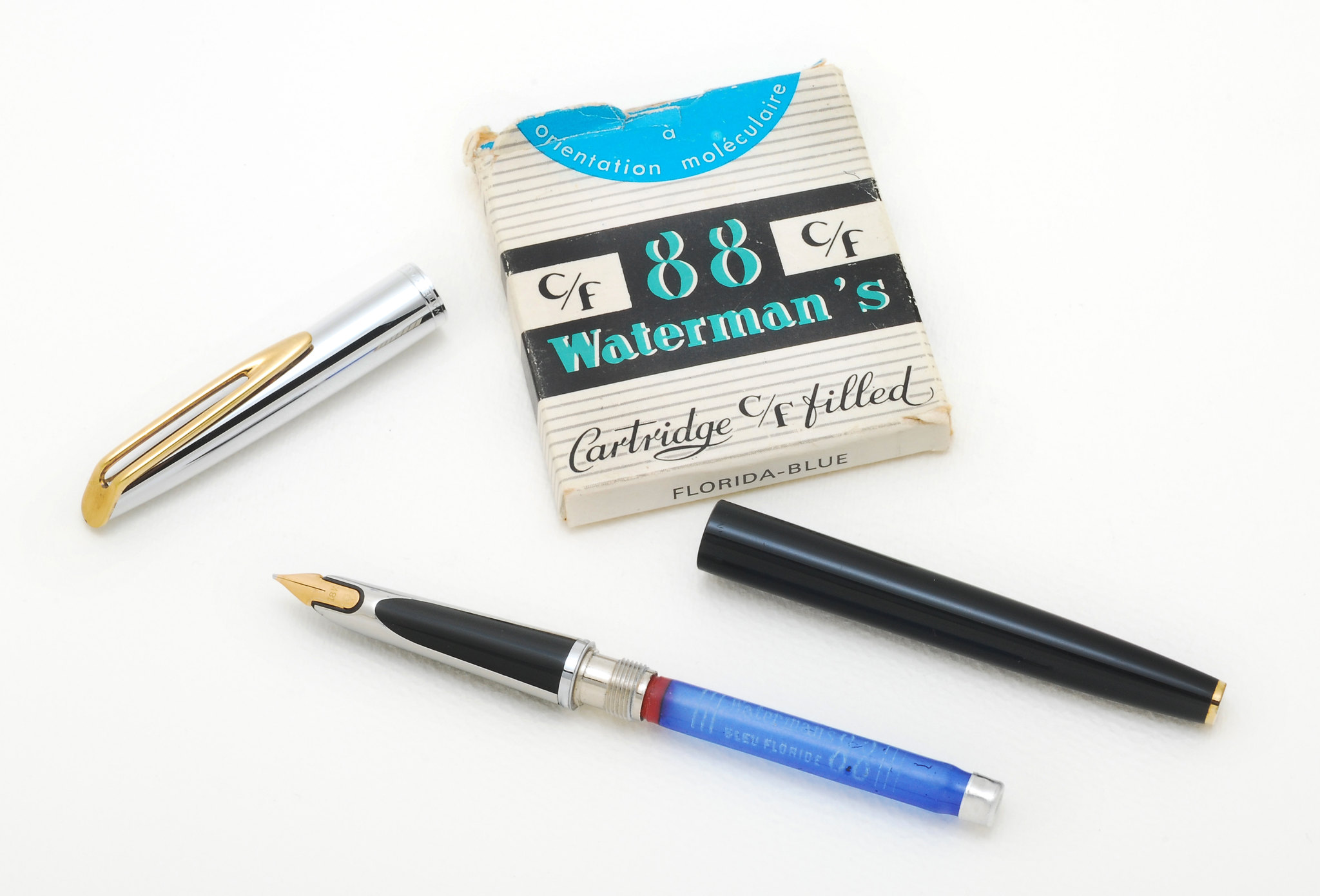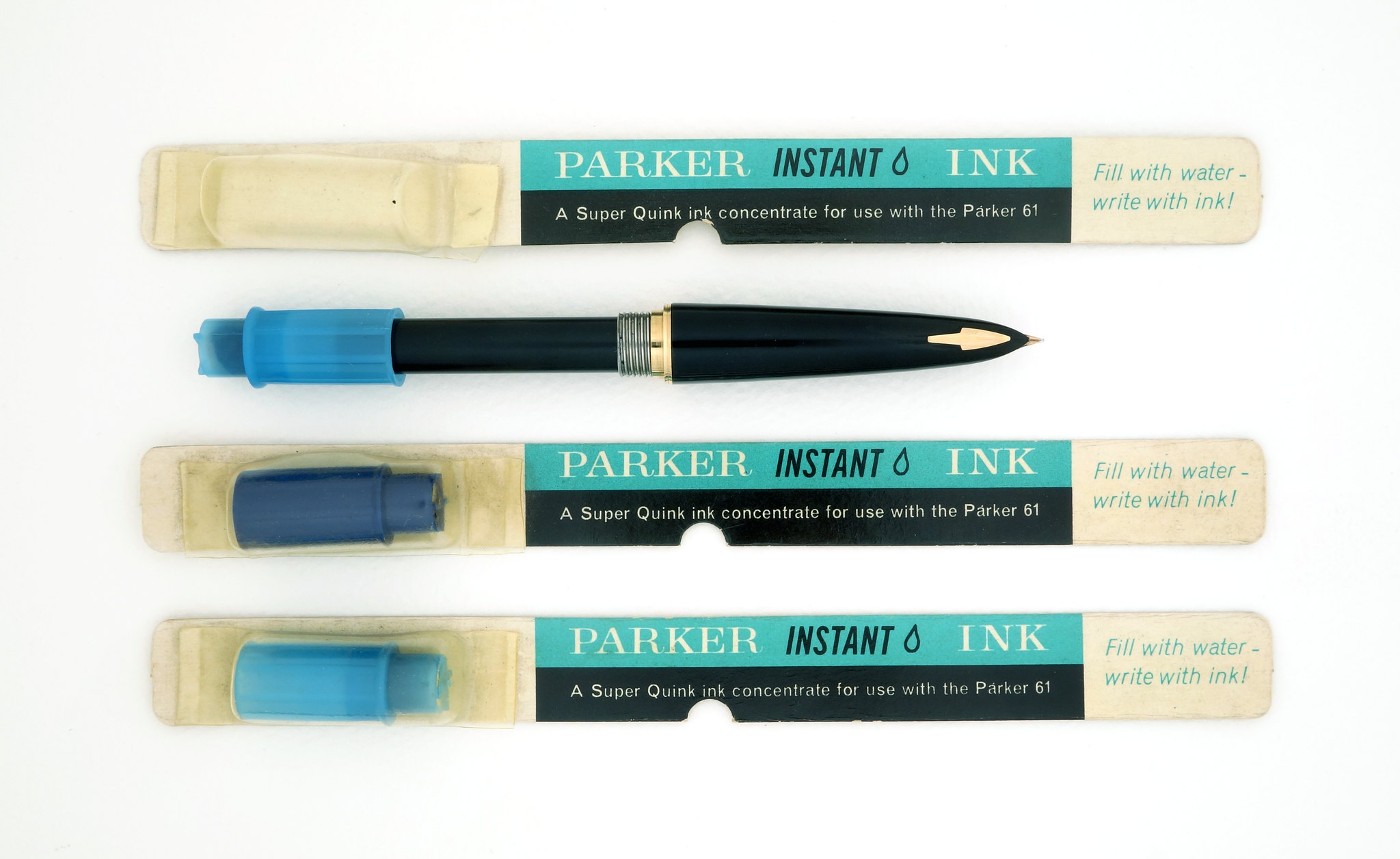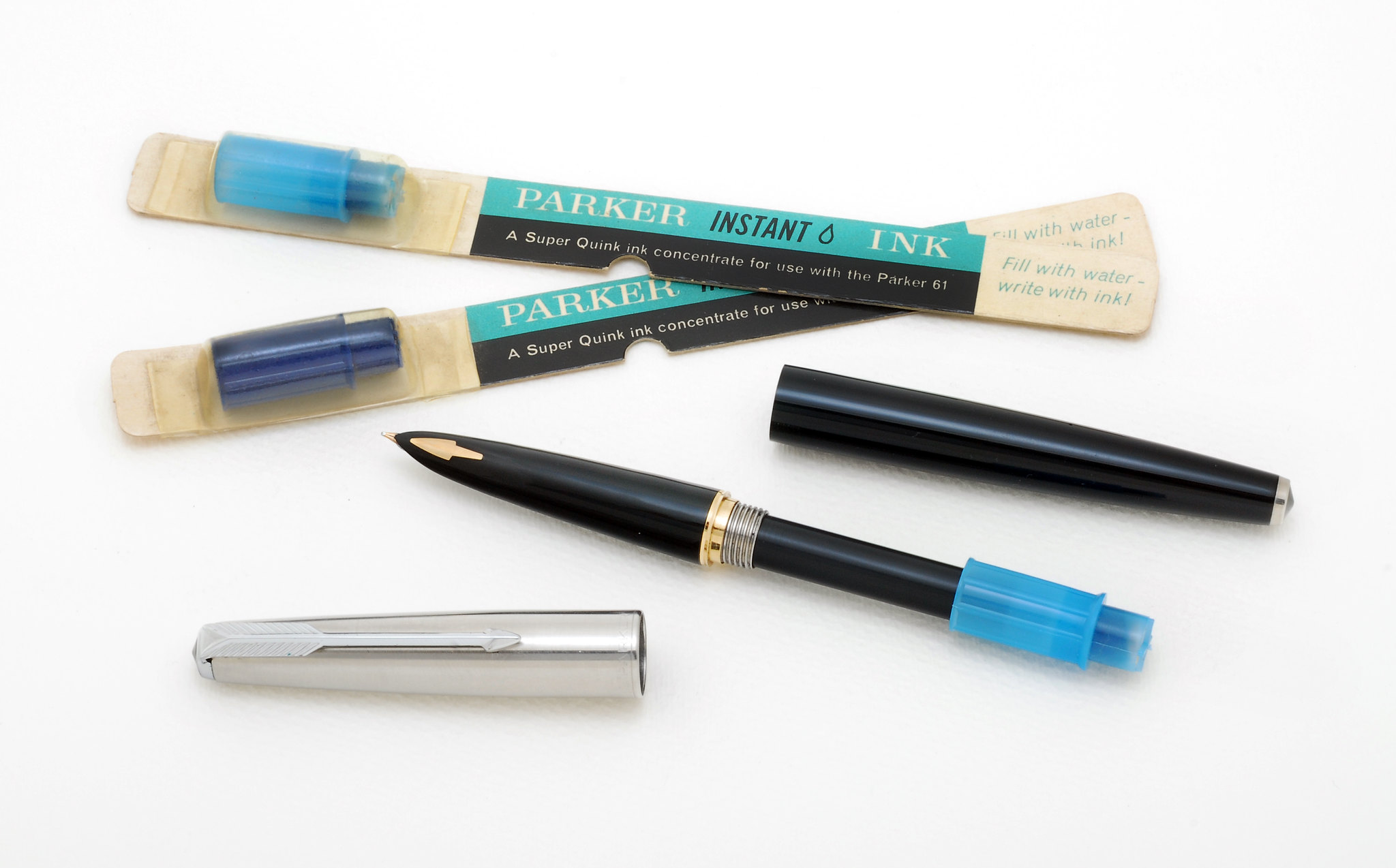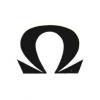That's why I had a look to my collection for "clean" pen filling systems during the same period. Here is what I found:
In 1952 Sheaffer's brought the Snorkel filler to the market. Due this complicated mechanism, it was possible to fill the pen without dipping the nib in ink. No wiping was necessary.

Then, one year later in 1953 Waterman's c/f Cartridge filler came to the market. As we know today, a quite successful concept:

Late to the party, in 1956, Parker came with the 61 capillary filler. And with this filling system came the instant ink cartridge. Unfortunately, I don't know when exactly the instant ink has been invented.

These were meant to be used on the road, when no bottle of liquid ink was available. Just plug a cartrige of dried ink on the capillary filler and hold it in fresh water. The water will be sucked by force of capillary and flows through the cartridge, dissolving the dry ink pellet. Geniously!
 [/url]
[/url]All of them are very elegant filling systems, but the Parker 61 capillary filler is my favourite!
which one is yours, and do you know of other genious systems?
C.
















